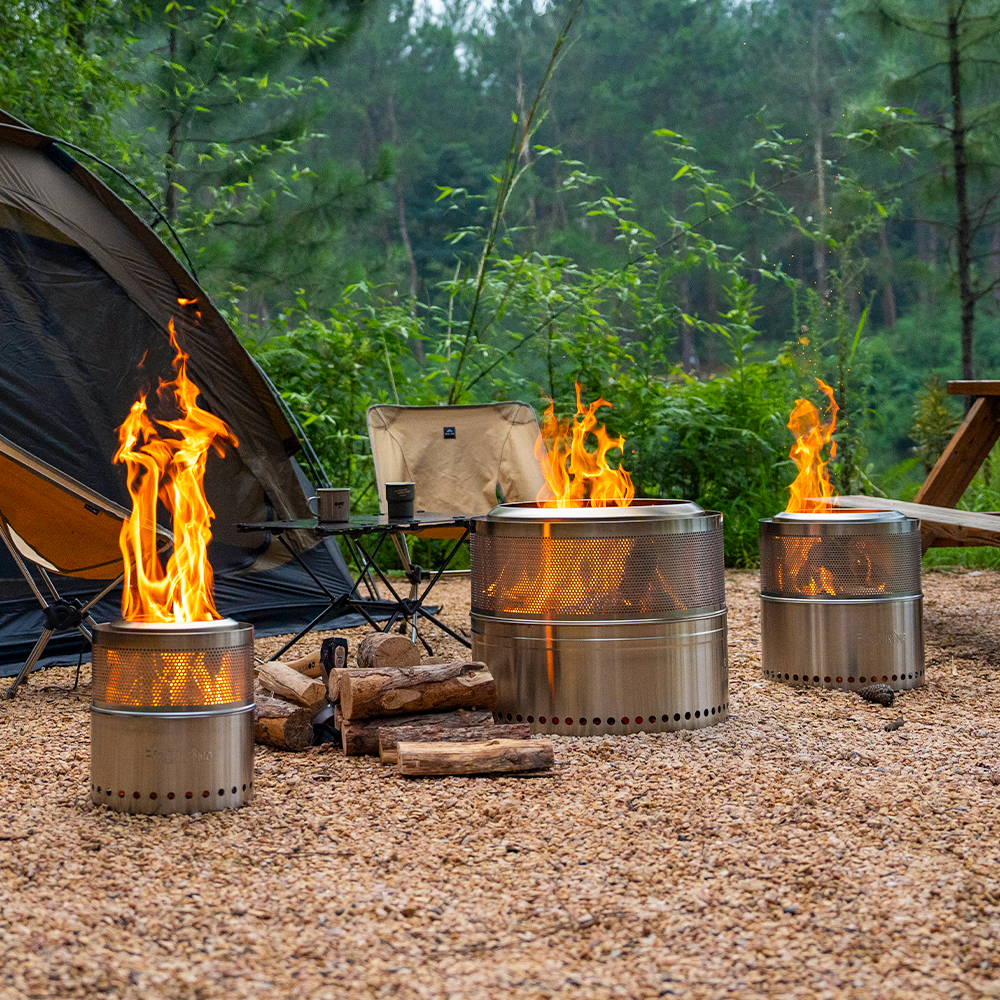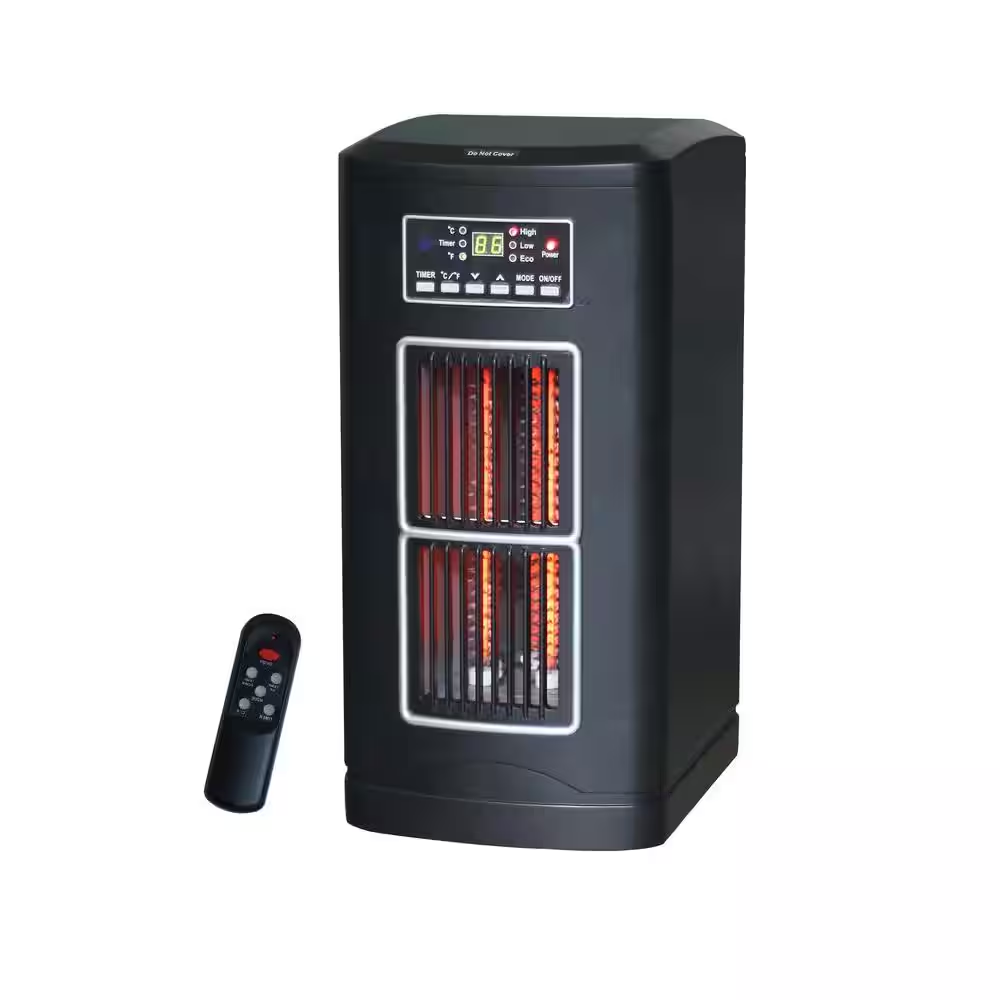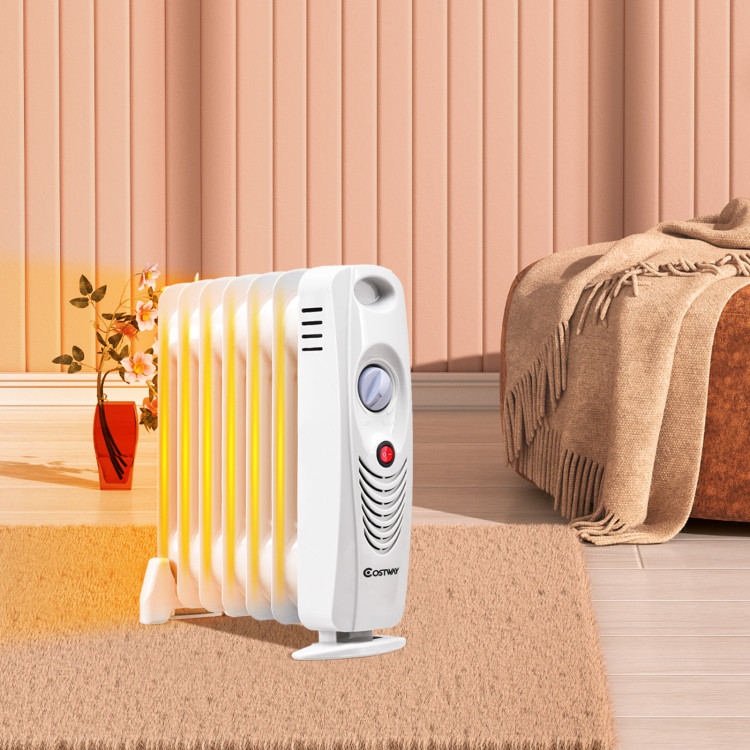As winter approaches and temperatures drop, the need for efficient heating in homes becomes a priority. While commercial heaters can be expensive and consume a lot of energy, creating a homemade heater can serve as an effective and fulfilling alternative. This guide provides detailed steps to safely build a homemade heater, ensuring that you can stay warm and cozy without needing to rely on store-bought options.
Understanding the Basics of Home Heating
Types of Homemade Heaters
Homemade heaters can vary significantly in design and functionality. When considering which type of homemade heater to build, it’s important to assess your specific needs. Here are a few common types to consider:
- Candle Heater: This is one of the simplest forms of homemade heaters. Using readily available materials, you can create a compact heater that is ideal for small spaces. This method is particularly useful for generating supplemental heat in a room without much liability.
- Terra Cotta Pot Heater: A popular option that utilizes terra cotta flower pots and candles. This design allows for the creation of radiant heat, effectively warming up a space. It’s also visually appealing and can be a conversation starter.
- Alcohol Heater: This design involves using alcohol as a fuel source and a canister to manage the burn. While slightly more complex, it can deliver higher levels of heat compared to other types. However, it requires additional safety measures to prevent mishaps.
Understanding these various designs enables you to choose the best option for your situation. Each method has its pros and cons, so take the time to research and select one that fits your heating needs and safety considerations.
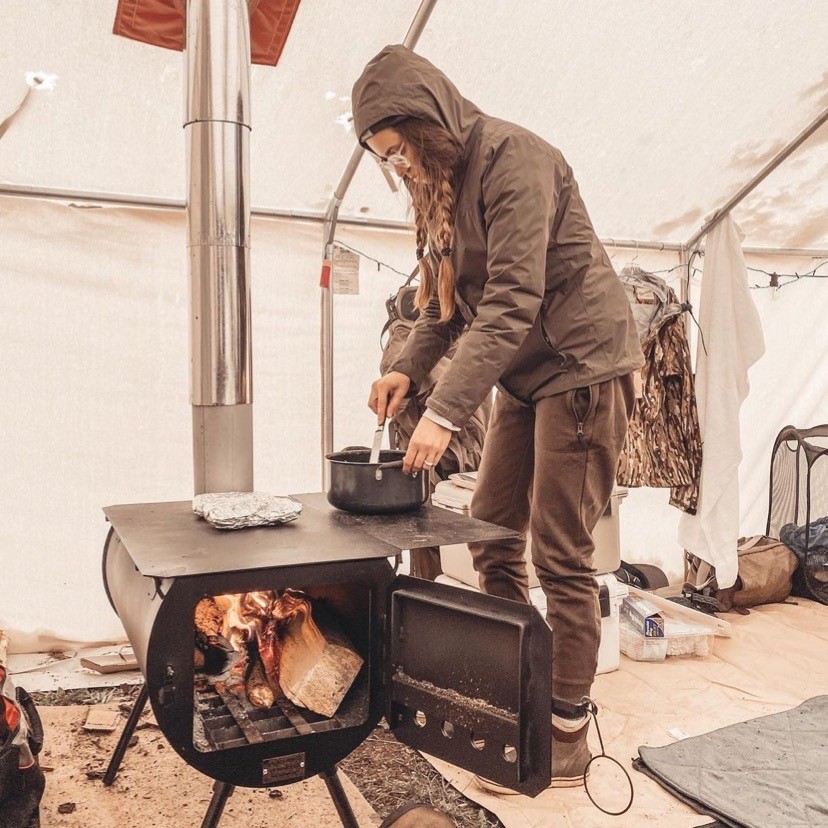
Safety Considerations
When creating any heating device, safety should be your highest priority. Homemade heaters can present risks like fire hazards or carbon monoxide buildup. To mitigate these risks:
- Materials: Choose materials that are heat-resistant and non-flammable. Metals, ceramics, and specially designed heat-resistant containers are ideal. Avoid plastic components.
- Ventilation: Always create your heater in a well-ventilated area. If using flammable fuels, ensure there is adequate airflow to prevent gas accumulation that can lead to carbon monoxide poisoning.
- Clear Surroundings: Keep your heating device away from curtains, furniture, and other flammable items. A clear radius around your heater should be maintained at all times.
By taking these precautions, you can enjoy the benefits of your homemade heater while minimizing safety risks.
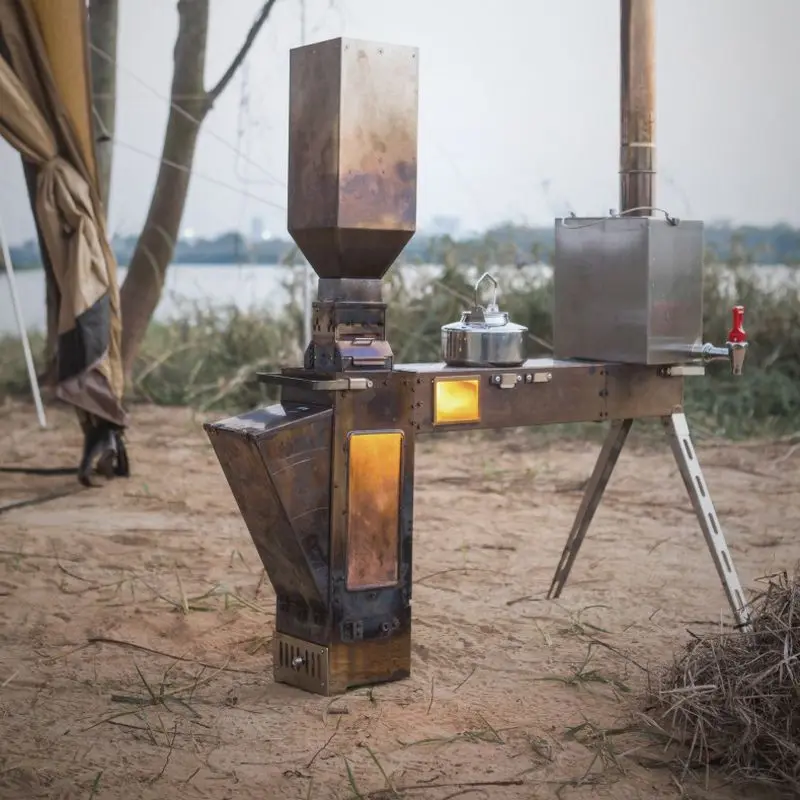
Tools and Materials You Will Need
Essential Tools
Gathering the right tools will simplify the building process. You will typically need:
- Drill or Screwdriver: Necessary for assembling parts and creating ventilation holes as needed. A power drill can expedite this process.
- Pliers: Useful for bending or cutting wires and securing connections in the heater setup.
- Measuring Tape: Ensures you have accurate dimensions for placing pots or other components, which is critical for stability.
- Sandpaper: Smooth out rough edges to prevent injuries. This is particularly important if you’re working with metal or ceramic materials.
- Safety Goggles: Always wear protective eyewear while working to shield your eyes from debris.
Having the right tools on hand will help streamline the building process and make it safer overall.
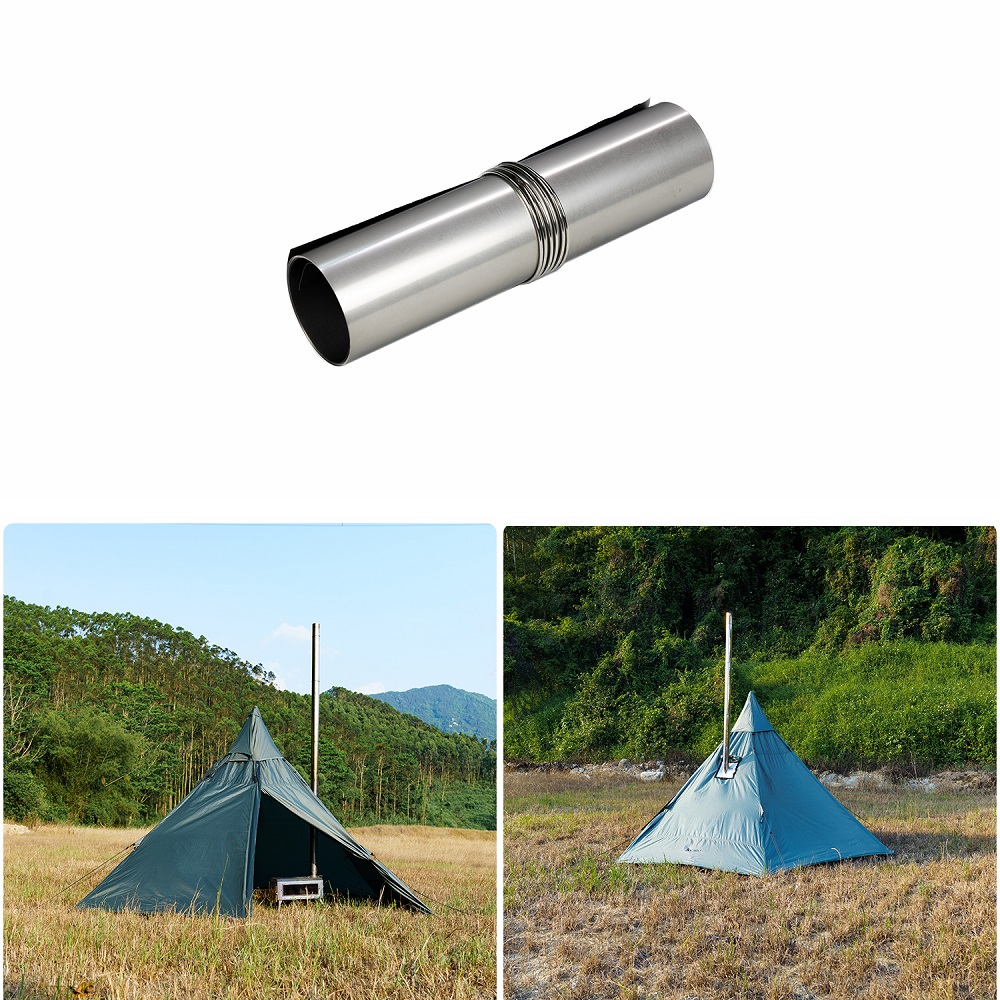
Required Materials
Next, gather the necessary materials:
- Candle: Tea-light candles are convenient and inexpensive. Larger candles can also work but ensure they are stable.
- Terra Cotta Pots: A larger pot and a smaller pot serve as the main components of this heater. Ensure they are clean and heat-resistant.
- Heat-Resistant Surface: A metal plate or stone slab serves as an excellent base to keep your heater stable.
- Alcohol: If opting for an alcohol-based heater, denatured alcohol is a great fuel source, as it burns cleanly.
- Metal Cans: For the alcohol heater, empty soup cans work well. These will serve as containers for the alcohol.
Ensure all materials are clean and undamaged. This will maintain a high level of safety during the heating process and ensure a successful build.
Step-by-Step Guide to Building a Terra Cotta Pot Heater
Step 1: Prepare Your Workspace
Start by creating a safe, clean workspace. Choose an area with good ventilation, such as a garage or an outdoor space. Lay down a protective sheet on the ground to prevent any mess. Make sure the area is free from flammable objects and other hazards. Wear safety goggles and gloves to protect yourself while you work.
Step 2: Arrange Your Materials
On your heat-resistant surface, place the larger terra cotta pot upside down. This will serve as the base of your heater. Take the smaller pot and also turn it upside down. You will place your candles between these two pots for stability and to create an effective heat-generating setup. Arrange your materials within easy reach to avoid unnecessary movement while assembling.
Step 3: Drill Holes for Ventilation
Using a drill, carefully create holes in the base of the larger pot. These holes will allow heat to escape and effectively warm the surrounding air. Aim for even spacing to ensure sufficient airflow. Depending on the size of the pot, you may need anywhere from three to five holes. Be sure to wear safety goggles during this step to protect your eyes from flying debris.
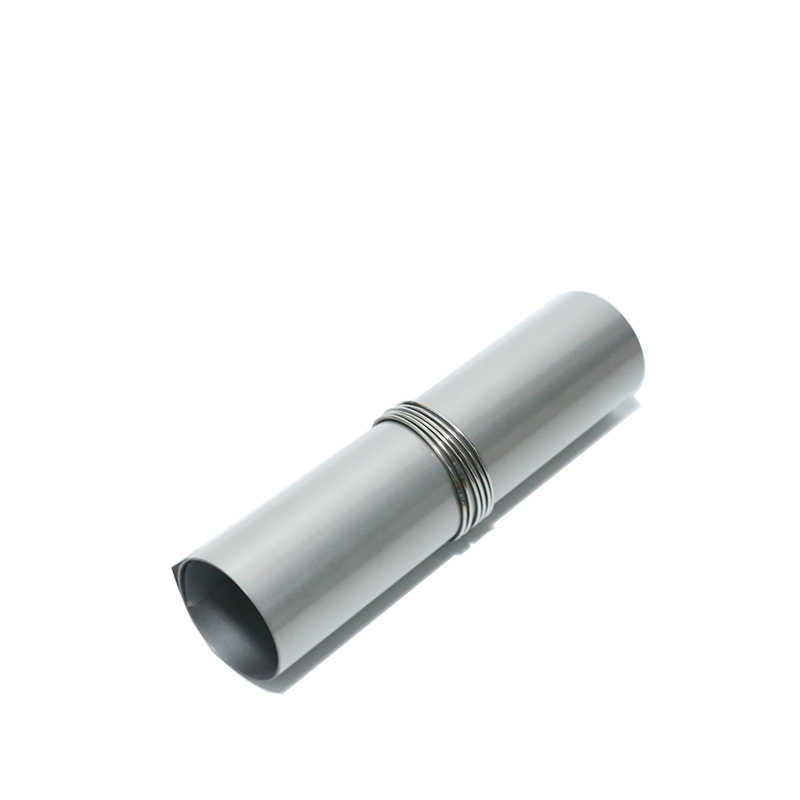
Step 4: Position the Candles
Stabilize the candles in a way that they won’t tip over. If using tea-light candles, you can arrange them directly on the heat-resistant surface under the small pot. For larger candles, consider securing them in place with clay or adhesive to prevent instability. Once positioned, light the candles and immediately place the small pot upside down on top of the candle arrangement. This captures and redirects heat efficiently.
Step 5: Assemble the Heater
Carefully place the large pot over the smaller pot. The candles will heat the smaller pot, which will in turn radiate heat into the surrounding area. Make sure the pots are stable and that the candles burn safely without obstruction. It’s wise to allow the heater to warm-up for about 15 minutes before using it as the primary heat source for any given space.
Step 6: Enjoy Your Heater
After assembling, let your heater sit for a moment to heat up naturally. Monitor it attentively and ensure that it is functioning properly. Observe how the heat radiates and adjust your seating or working area as needed. Always keep flammable items at a safe distance from the heater, and never leave it unattended, especially when it’s lit.
Step-by-Step Guide to Building an Alcohol-Fueled Heater
Step 1: Gather Your Materials
For the alcohol-based heater, you’ll need empty soup cans, denatured alcohol, and a stable heat-resistant base. Gather these materials and find a well-ventilated workspace. Double-check that all materials are clean and free from damage for maximum safety.
Step 2: Prepare the Cans
Use a can opener to remove both ends of the cans carefully while wearing gloves. This will create open-ended containers. Sand down any sharp edges that result from the can-opening process to prevent injuries. This step is critical for safe handling later on.
Step 3: Fill the Cans with Alcohol
With a funnel or a steady hand, carefully fill each can with denatured alcohol, leaving a bit of room at the top to avoid overfilling. Always handle alcohol cautiously, as it is flammable. Secure any spills with paper towels immediately so no hazards remain in your workspace.
Step 4: Create Holes for Ventilation
Drill small ventilation holes at the bottom of the cans using a drill. These holes will allow oxygen to circulate, improving combustion and enabling the flame to burn steadily. Ensure the holes are evenly distributed to encourage efficient airflow. This step not only increases the heater’s effectiveness but also prevents the buildup of gas.
Step 5: Set Up Your Heater
Select a heat-resistant base, such as a metal plate or brick. Place the cans securely on the base and ensure they are arranged in a stable configuration. Leave enough space between the cans for effective airflow and heat distribution. If using a metal grate or wire mesh, position it above the cans to help radiate the heat throughout the room.
Step 6: Ignite and Monitor
Carefully ignite the alcohol in the cans with a long lighter. Be cautious during this step, as alcohol flames can be harder to see. Allow the heater to warm up and distribute heat efficiently. Monitor your setup closely while it’s in use. Avoid placing any flammable objects near the heater during operation.
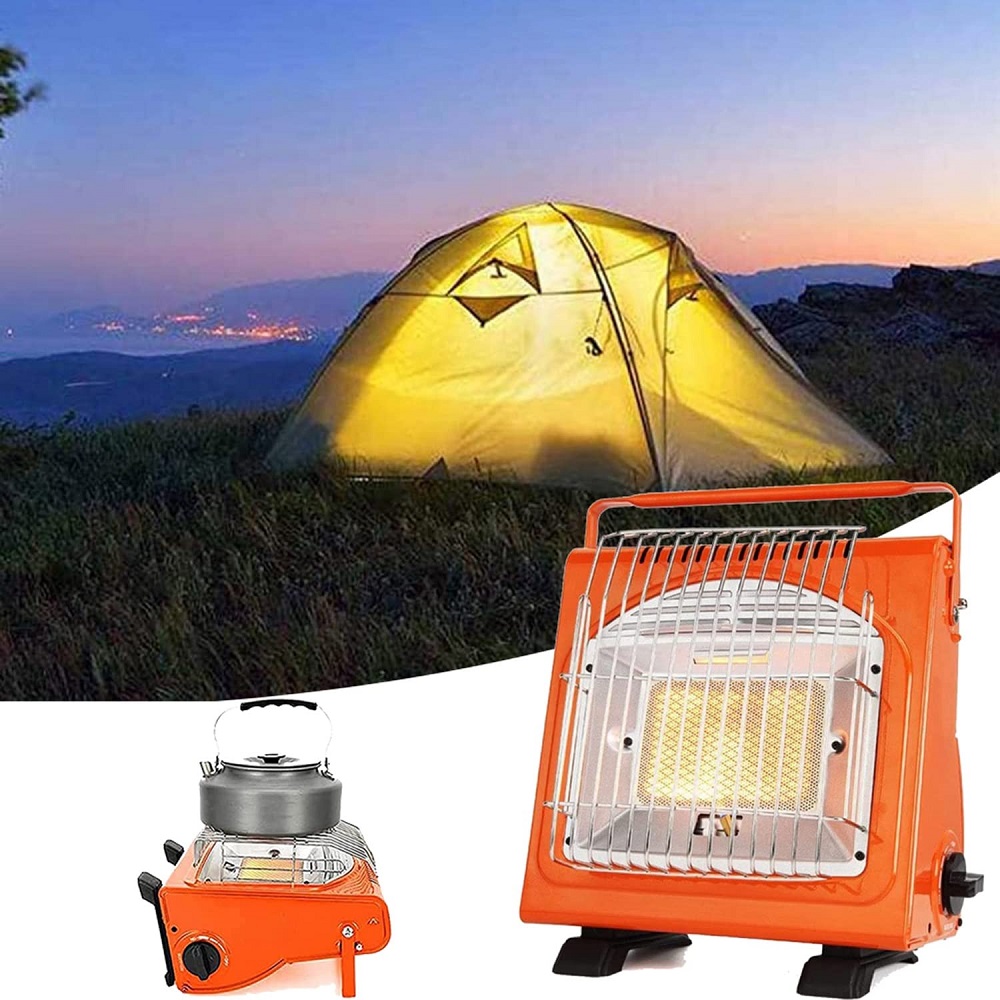
Maintenance and Safety Tips
Regular Monitoring
Once your homemade heater is operational, it’s crucial to monitor it regularly. Check that the candles or alcohol are burning steadily and replace any candles that are running low. Regular monitoring helps prevent accidents caused by extinguished flames or overheating.
Fire Safety
Keep a fire extinguisher or a bucket of water readily available as a precautionary measure. Familiarize yourself with its usage before encountering an emergency situation. Having a quick-response option on hand can make a significant difference in preventing potential disasters.
Store Fuel Safely
If using alcohol, store extra cans securely in a cool, dry place away from heat sources. Ensure these cans are tightly sealed to prevent spills or leaks. If you use candles, store them in a cool space as well to maintain their integrity. Keeping materials organized and safely stored will contribute to a more efficient and hazard-free environment.
Final Thoughts
Building a homemade heater can be an effective and creative way to stay warm during colder months. Whether you opt for a terra cotta pot heater or an alcohol-fueled setup, ensure you prioritize safety and execute your designs carefully.
By following this step-by-step guide, you’ll have a reliable source of warmth that you can control and customize for your specific needs. Remember that your safety should always come first; stay vigilant and prepared while using your homemade heater. Embrace the comfort it brings and enjoy the warmth of your creativity at the same time! Stay warm, cozy, and safe this winter season!
